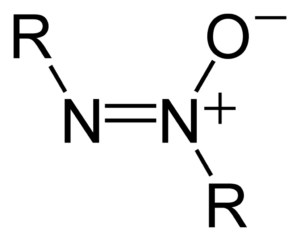
HSN code 29270090 belongs to the category of “Other diazo-, azo- or azoxy-compounds”. Here are some technical details about this category:
Diazo-compounds are organic molecules that contain a diazonium group (-N=N+) as a functional group. They are highly reactive and can be used in various chemical reactions, such as the synthesis of dyes and pharmaceuticals.
Azo-compounds are organic molecules that contain a functional group composed of two nitrogen atoms (N=N) linked together by a double bond. They are widely used as dyes and pigments, as well as in the synthesis of other organic compounds
Azoxy-compounds are organic molecules that contain a functional group composed of two nitrogen atoms (N=N) linked together by a single bond and one oxygen atom (O). They are used as intermediates in the synthesis of various organic compounds, including pharmaceuticals.
In general, the category of “Other diazo-, azo- or azoxy-compounds” includes a wide range of organic compounds that contain these functional groups and are used in various chemical applications. Some specific examples of compounds that fall under this category include azobenzene, azoic dyes, and diazomethane. Azo compounds are a group of organic chemicals containing the azo group ( N=N-) in their molecular structure. They are widely used in various industries, including textiles, plastics, printing inks, and dyes. One such type of azo compound is the diazo, azo, or azoxy compounds, classified under HSN code 29270090.
Diazo compounds contain two nitrogen atoms attached to each other, forming a diazonium ion. Azo compounds contain two nitrogen atoms attached to each other with a double bond, while azoxy compounds contain two nitrogen atoms attached to each other with a single bond and an oxygen atom. These compounds have versatile applications in the field of organic synthesis, pharmaceuticals, and dyes. They can be used as intermediates for the production of other chemicals, such as aromatic amines, and can also be used in the synthesis of dyes, as they impart bright colors to textiles.
However, some azo compounds are considered hazardous due to their potential to form carcinogenic amines upon exposure to certain conditions such as heat, light, and certain chemicals. Therefore, it is crucial to handle and dispose of these compounds with proper safety measures.

